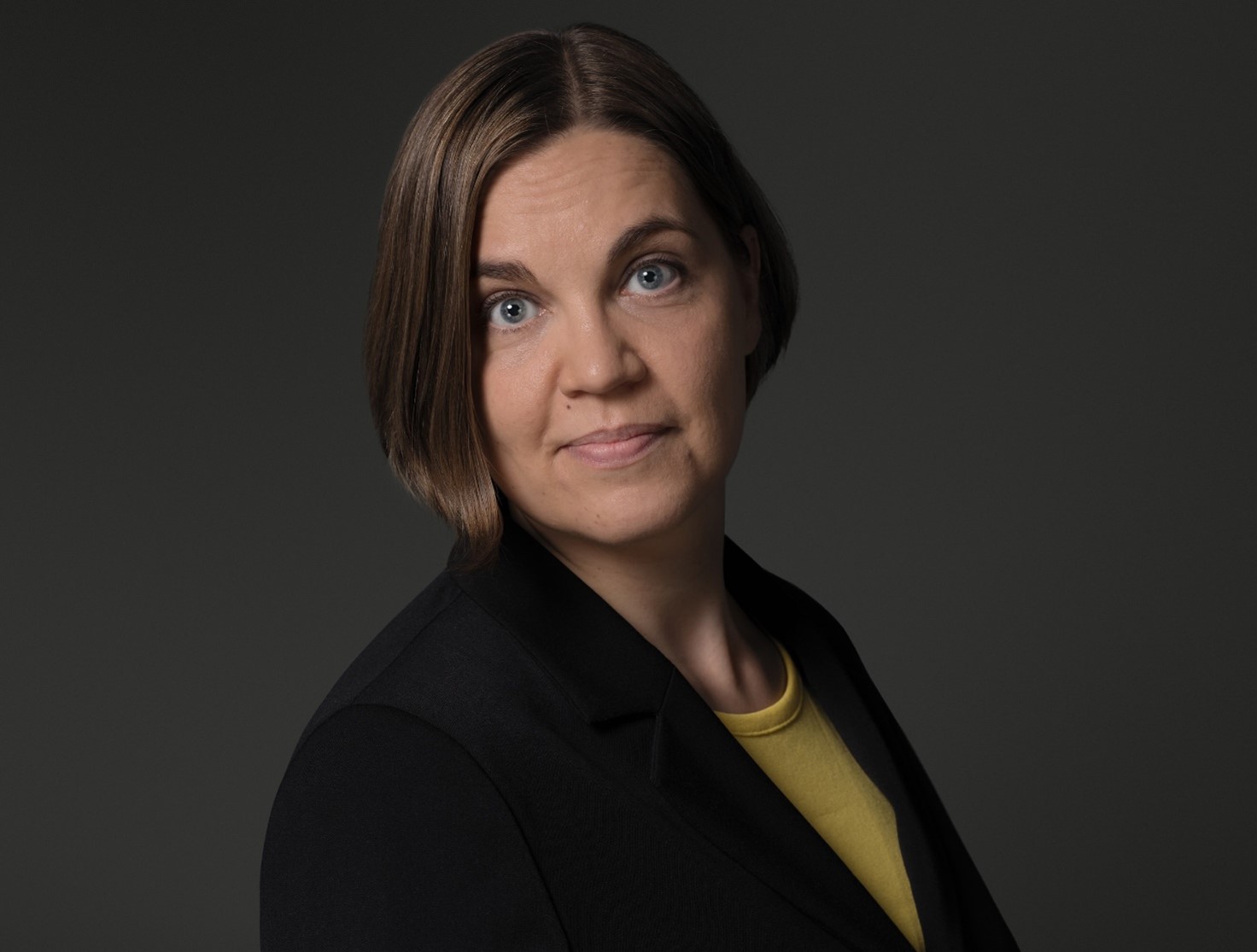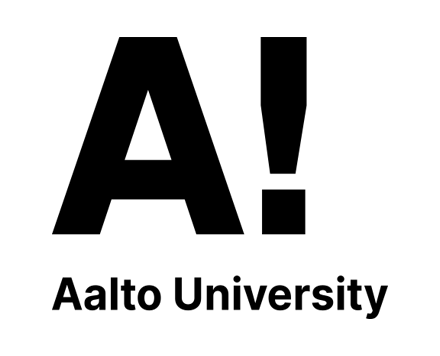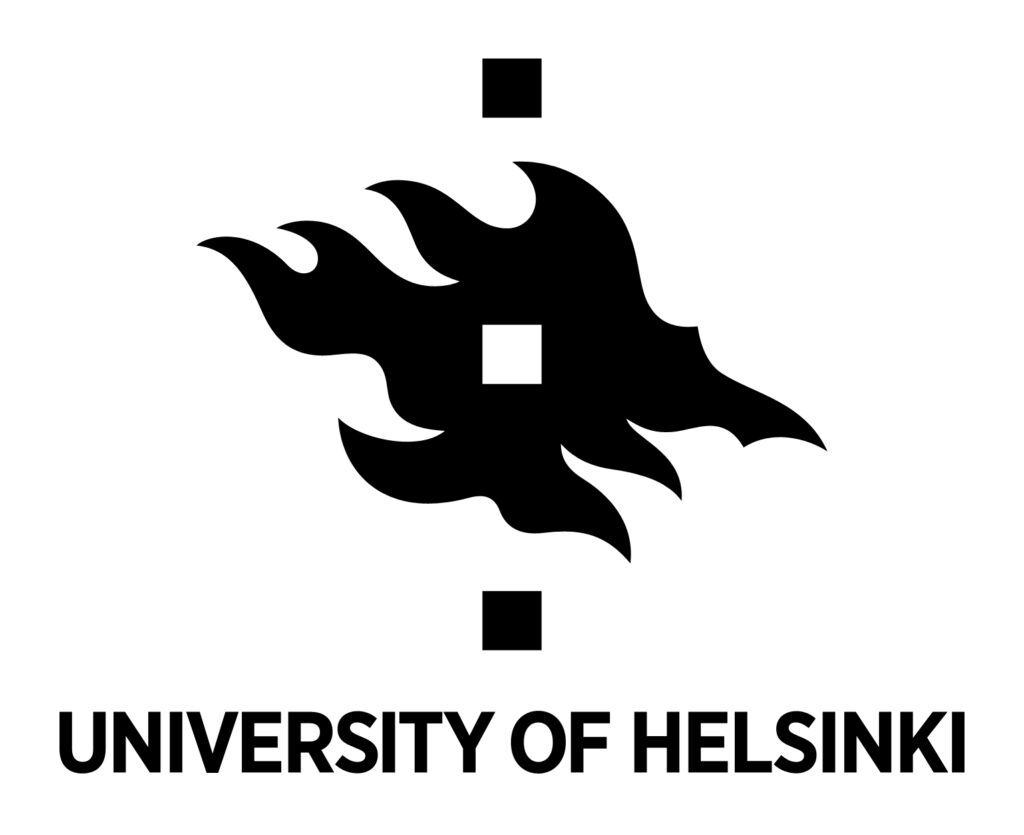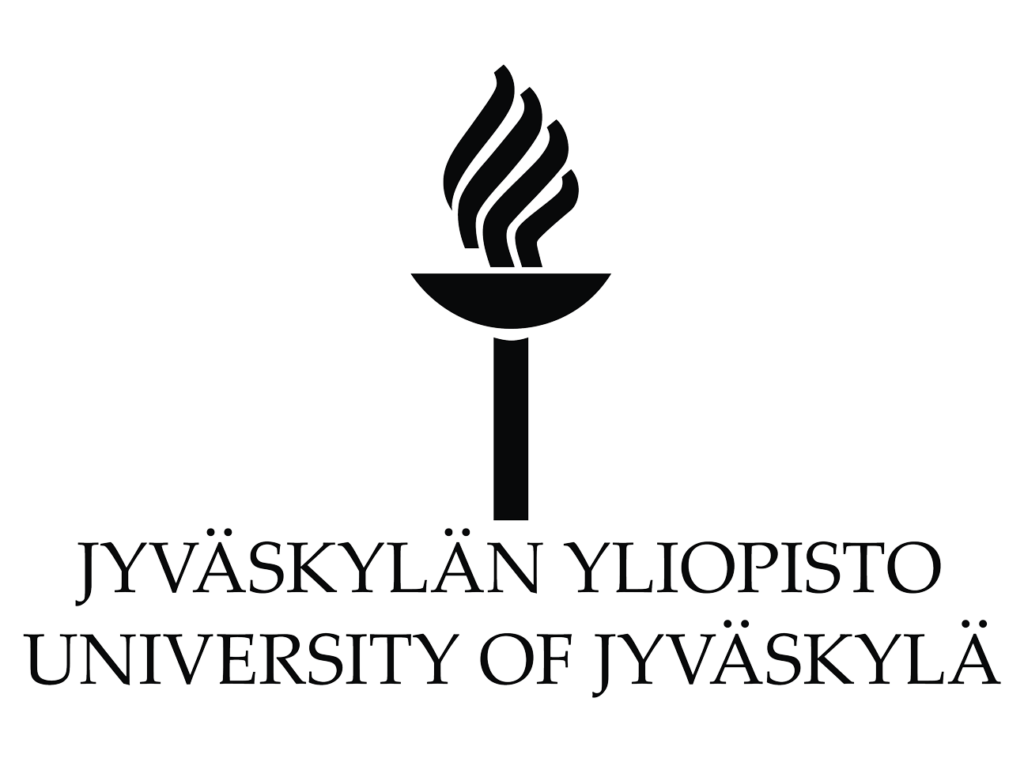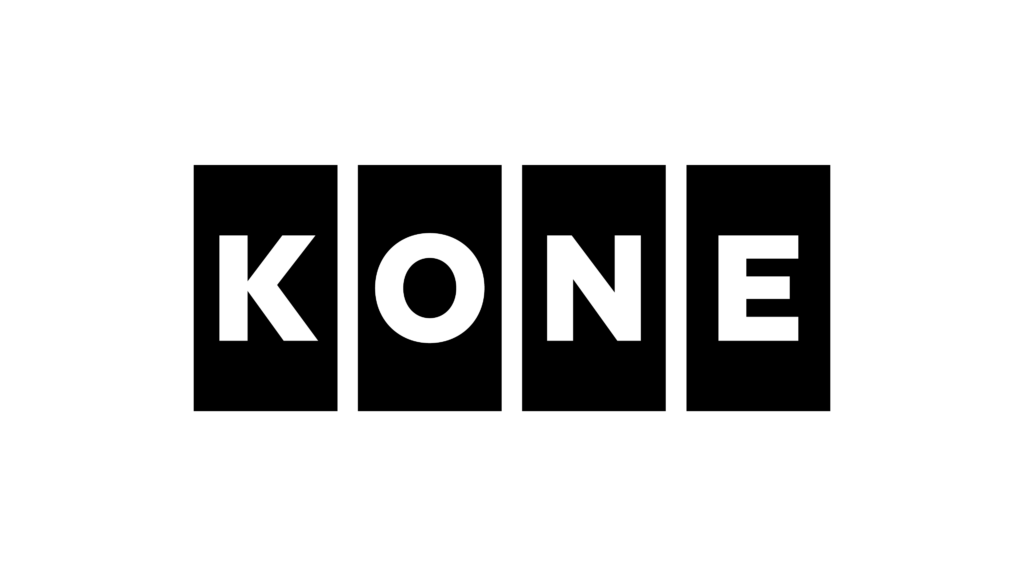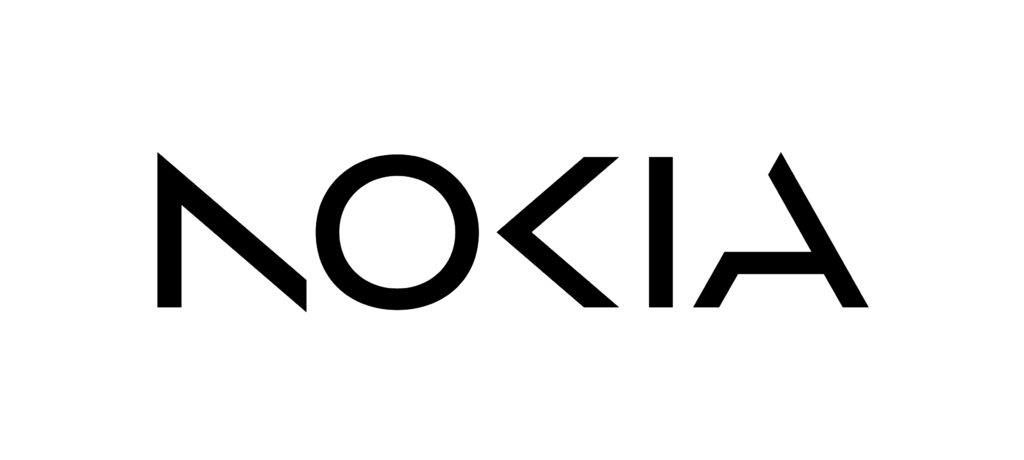Unfolding the Future of Technology

Ideas are a dime a dozen. Sometimes, however, they jumpstart new trends, capture paradigm shifts, or even predict the future of entire industries.
Tim O’Reilly, CEO of O’Reilly Media, is the powerhouse of some of the most influential ideas and concepts. By framing and popularising terms such as “Web 2.0,” “open-source software” and “government as a platform,” he has long theorised what innovations are on the horizon and what conditions are needed to make them a reality.
Having started his career as a technical writer, it did not take O’Reilly long to realise that the internet was the future. He published the first popular book about the internet and created the first commercial website on the World Wide Web. His affinity for decoding the future has earned him monikers such as “The Trend Spotter” and “The Oracle of Silicon Valley.”
He has also been an advocate for a free and open internet. In 2000, he led a protest against Amazon for filing a lawsuit against Barnes & Noble for using the “1-Click” online buying technique patented by Amazon.
He criticised issuing the patent in the first place, stating that it was a “slap in the face” of Tim Berners-Lee (winner of the first ever Millennium Technology Prize), whose decision to not patent the World Wide Web had enabled providers such as Amazon to flourish. Soon, however, he was joined by the CEO of Amazon, Jeff Bezos himself, in arguing for software patent reform.
The potential of Web3, the regulation of Big Tech and governance in a digital world are some of the most contentious questions today. And, like before, O’Reilly has already started the conversations that will shape the answers.
Web3: Boom or bust?
While discussing the potential of Web3 in revolutionising the internet and the economy, O’Reilly has urged shifting the conversation away from profits and financial speculation. Instead, he has argued for the need to focus on the value the technology will create, what problems it can solve or what infrastructure it can help establish.
Nevertheless, he has acknowledged the role of speculative bubbles in advancing technologies and innovations. “Tesla stock is overvalued. It would take thousands of years for it to earn back its stock price – and we are starting to see some of those valuations come down,” O’Reilly said. “But Elon Musk has been able to use the money invested in Tesla to transform the automobile industry.
“We have been able to make a start on the transition to electric vehicles, build giant battery factories, achieve advances in battery technology, invest in commercial space travel and set up satellite internet constellations such as Starlink.”
It remains to be seen whether the bubble around Web3 has just begun to form or is now ready to burst. For it to qualify as a technological revolution, O’Reilly has examined whether the valuation around Web3, cryptocurrencies and blockchain is leading to technological advances, like the investments in Tesla did.
Web3, in his opinion, has currently not demonstrated its utility in delivering goods and services, or directing investments into critical infrastructure. He suggests it may only be after the speculative bubble pops that we can understand what Web3 is and whether it will be hailed as a technological revolution.
Given the COVID-19 pandemic and the worsening climate crisis, he predicts that technologies that can address climate change, and deliver solutions in the fields of medicine and materials science will achieve the most success. If true, the value of Web3 could be judged by whether it can facilitate the energy transition or enhance telemedicine as other experts have predicted.
Revisiting regulation for the 21st century
For any regulation of Big Tech to be successful, governments would need to move away from old theories and models of the economy.
“Automobiles have become increasingly electronic, so auto mechanics too now need electronic equipment,” O’Reilly said. “Just like an old-school mechanic cannot fix a modern car with modern technology, governments too cannot regulate Big Tech if they are operating like old-school 1910 tractor mechanics with a set of wrenches.”
Instead, he has argued for a dynamic regulatory system that allows governments to engage with and have a better understanding of Big Tech. This involves looking beyond the end costs for customers and the presence of competitors. Rather, governments need to look at the market – the choice and value presented to both customers and suppliers.
For Amazon, this may involve reviewing whether it gives products greater visibility because of high customer satisfaction, or because it charges suppliers fees in exchange for better placements. For Google, regulators may check whether paid results overshadow organic results for searches and whether Google is limiting users’ access to other information suppliers by providing its own answers to users’ queries.
“Governments are trying to regulate black boxes,” O’Reilly said. “They have no idea what’s going on inside these machines. If they want to regulate these companies, they need increased information disclosures from them about the value they provide and the metrics that they use to manage their business.”
Effective regulation of Big Tech, O’Reilly proposes, would not come from a fixed set of rules or attempts to monitor the algorithms powering these companies. Instead, it would need a model of governance that is focused on the outcomes of the algorithms and businesses.
Mobilising collective action
While many experts negate or dismiss the role of governments in managing markets, O’Reilly is convinced otherwise.
“There is the myth of the free market economy. You can believe that the market finds a natural equilibrium, but we know that that is not the case,” he says. “In a free market, actors are pursuing their self-interest, so we need governments to optimise across many different interests.”
Regulation of Big Tech qualifies as governments’ attempts to protect all interests. But O’Reilly pictures a bigger role for governments. Rather than seeing them as “vending machines” from which citizens can avail services, such as protection of their interests, governments can also be enablers for innovation – a concept he has labelled as “government as a platform.”
Companies can fully embrace innovation only with the support of the government. Societies too stand to benefit when governments can harness decentralised actors, and the value and efficiency intrinsic to free markets.
O’Reilly proposes that governments need not just regulate Big Tech and Silicon Valley. Rather, governments can also channel their capabilities and resources to create and encourage the adoption of technologies that can solve challenges such as pandemics and climate change.
The potential of government as a platform can be realised at a smaller level too. By providing all individuals – rather than just select companies – with web services and open data, individuals can build applications that enable collective action. They can make governments more transparent, connect governments to citizens and boost civic engagement.
The direction of government, as per O’Reilly, is critical for creating technologies that solve today’s greatest problems. And for those problems to be solved effectively, the innovations must provide lasting value to citizens beyond speculative bubbles and financial valuations. They must promote the well-being of all humanity and reduce rather than perpetuate inequality.
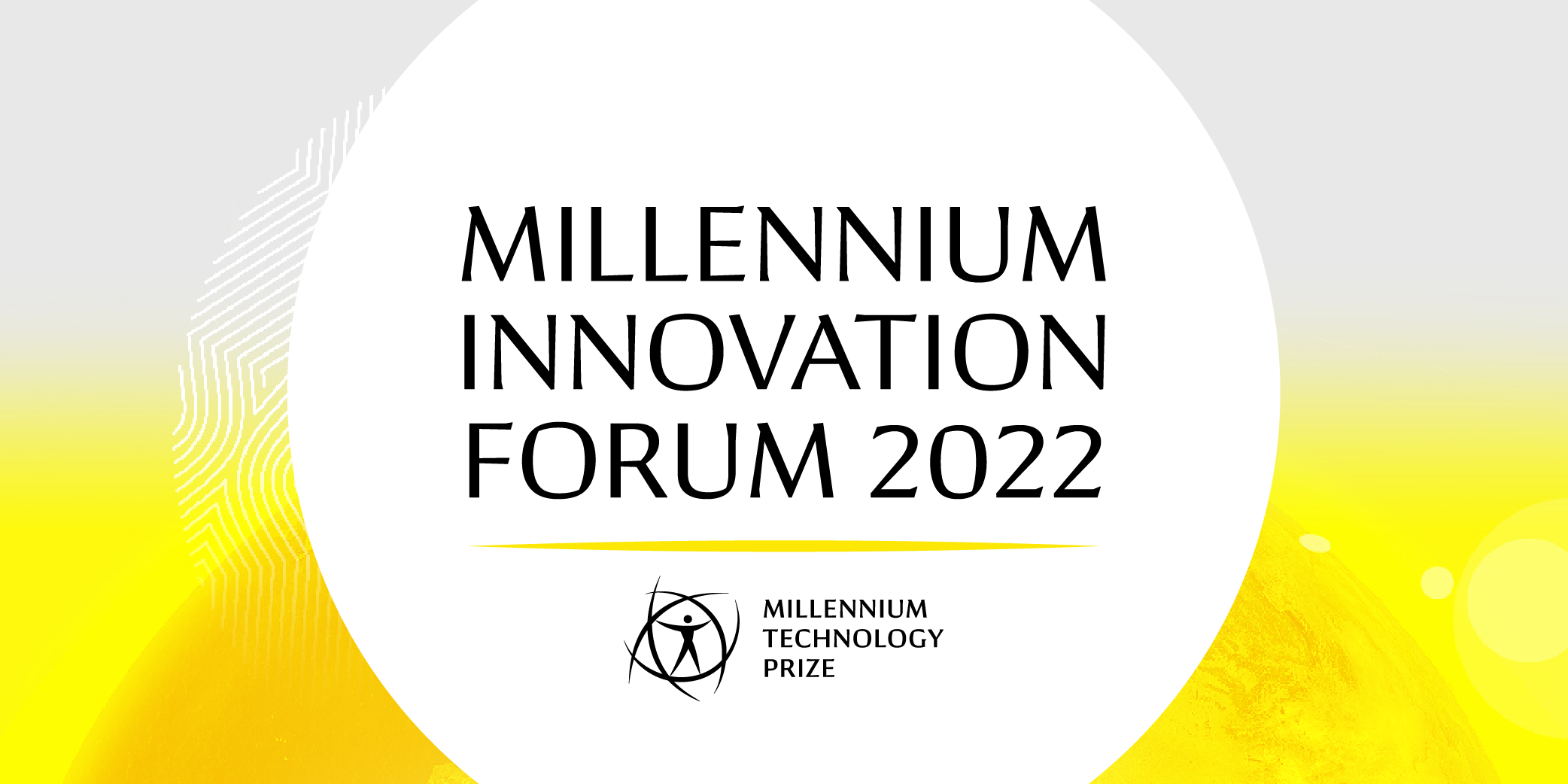
CEO of O’Reilly Media, Tim O’Reilly, will be speaking alongside other international speakers of repute at the Millennium Innovation Forum 2022 on Digitalization. Join us to hear O’Reilly about the ideas that are shaping the world of computer science, digital innovation and technology on 26th October 2022 at Marina Congress Center, Helsinki.



